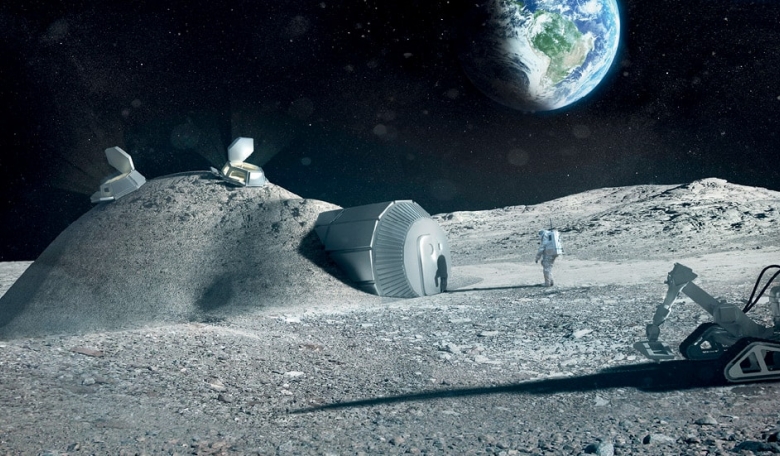At NASA’s Kennedy Space Center in Florida today, NASA Administrator Jim Bridenstine addressed the agency’s workforce to discuss where NASA is heading next, following the delivery of President Trump’s fiscal year 2020 budget proposal to the U.S. Congress last year.
“President Trump’s fiscal year 2020 NASA budget is one of the strongest on record for our storied agency. At $21 billion, this budget represents a nearly 6 percent increase over last year’s request and comes at a time of constrained resources across the federal government. It also is a huge vote of confidence for all of the agency’s hard work and dedication.
“We will go to the Moon in the next decade with innovative, new technologies and systems to explore more locations across the lunar surface than ever before. This time, when we go to the Moon, we will stay. We will use what we learn as we move forward to the Moon to take the next giant leap – sending astronauts to Mars.
“This budget will build on our successes in low-Earth orbit to create a sustainable exploration campaign that combines NASA’s expertise with that of our commercial and international partners’. We will continue ushering in a new era of human spaceflight as we launch American astronauts on American rockets from American soil for the first time since 2011. The Space Launch System, Orion spacecraft, and Gateway will continue to be our backbone for deep space exploration.
“Beginning with a series of small commercial delivery missions to the Moon as early as this year, we will use new landers, robots and eventually humans by 2028 to conduct science across the entire lunar surface.
“With this budget, NASA’s critical work studying our home planet and the Sun will benefit humankind for generations. We will reveal the unknown with missions to Jupiter’s moon Europa and the launch of the James Webb Space Telescope. We will continue planning and developing the first round-trip mission to the Red Planet with Mars Sample Return.
“This budget also continues support for transformative aeronautics technology research. We will make air travel safer, greener and more efficient, and continue pioneering the next generation of supersonic flight.
“As we approach the 50th anniversary of Apollo 11 this July, we are moving forward to the Moon and on to Mars, and we want the world to come with us.
“NASA is everywhere, and we are impacting people’s lives across the globe. As we celebrate the past, let’s inspire our friends and family for the future that we are building."











